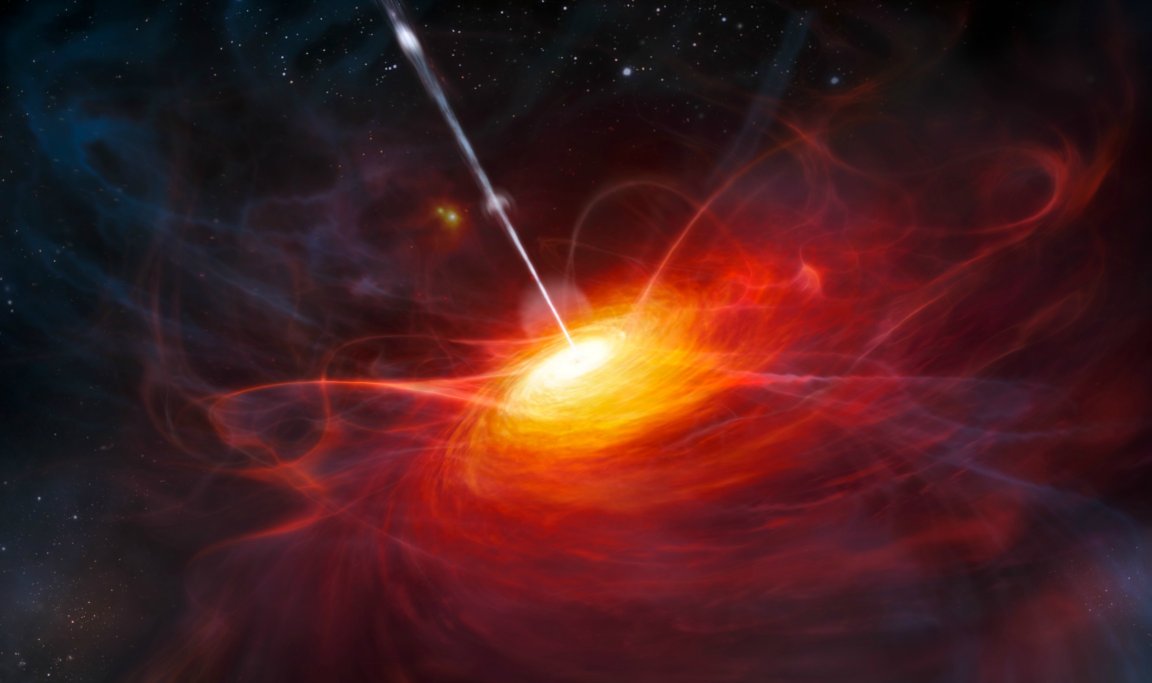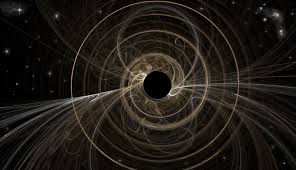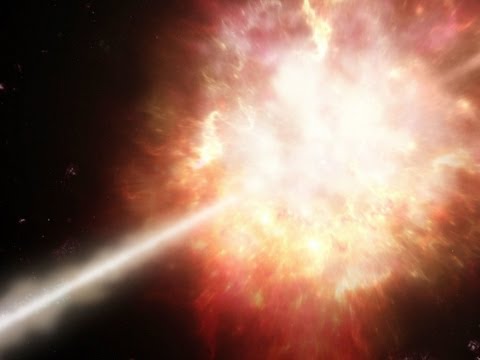

Black Holes: We all know these fantastic objects are created when a sufficiently large amount of mass gets so dense it collapses to an infinitely small point – creating a region of spacetime so warped that even light can’t escape. Of course, the most practical way for a black hole to be created is when a massive star reaches the end of its life. But, what if I told you there was a second, more spectacular way to create one of these objects?
That’s where a kugelblitz comes in. Kugelblitz is German for “ball lightning” – though it shouldn’t be confused with the phenomena of Ball Lightning (lightening that is in the shape of a ball) as seen on Earth. Instead, in theoretical physics, a kugelblitz is created when an incomprehensibly intense and concentrated amount of energy is focused on a single point, this warps spacetime to such a degree that an event horizon (and thus, a black hole) is created and the energy traps itself. Basically, a kugelblitz is a black hole created by the collapse of energy rather than the collapse of matter.

A kugelblitz black hole could theoretically be created by aiming lasers vastly more powerful than anything we have today at a single point. Logically, one could assume that turning off the lasers would ‘turn off’ the black hole? Well, that’s not quite right. As Einstein stated when he wrote his famous equation E=MC^2, mass and energy are the same. Likewise, general relativity states when an event horizon has taken shape, the specific type of mass-energy that gave rise to the black hole no longer matters. In short, the black hole is here to stay.
As an interesting side not, a kugelblitz is extremely hot, one of the hottest things that you can create in our universe. In fact, a kugelblitz is so hot that science can’t understand it.